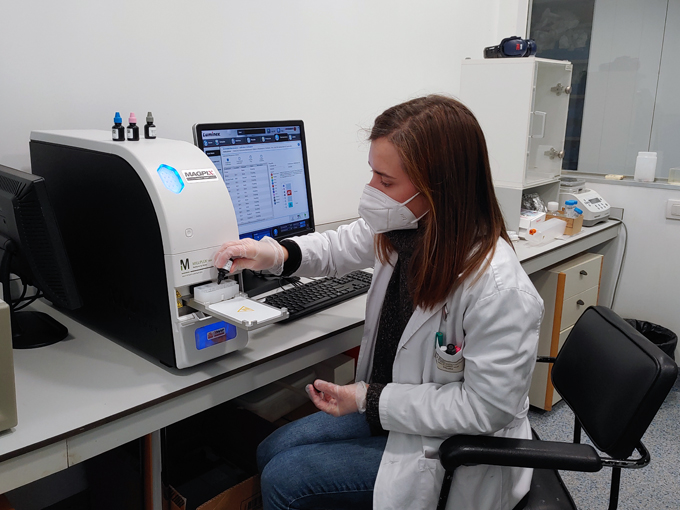Over the past two decades, the development of high throughput assays has opened numerous new avenues. These bioanalytical techniques, including ELISA assays, MSD technology, LC-MS systems, and qPCR assays, have helped advance our understanding of biological and pathophysiological processes. Among these methods, ELISA assays have emerged as a gold-standard bioanalytical technique. ELISA assays have numerous applications, such as cytokine analysis, pharmacokinetic assessments, and immunogenicity assay development.
Although singleplex ELISA assay can diagnose diseases, characterizing a single analyte is often insufficient and requires multiplex formats for monitoring more complex and multifactorial diseases such as neurodegenerative and autoimmune diseases. Hence, multiplex assays are vital for these kinds of diseases where multiple biomarker assessments are crucial to optimize therapeutic regimens. The current article dives deep into multiplex formats in ELISA assay development. However, robust ELISA assay validation remains vital for instilling confidence in the generated data.
Multiplexed ELISA assay: tips and best practices
Although ELISA testing services offer singleplex assays, multiplex formats are becoming increasingly crucial for patient stratification and analysis of complex diseases. Validating biomarkers and incorporating them into multiplex ELISA panels is critical for the simultaneous analysis of multiple analytes in a single reaction volume. This approach minimizes the time, cost, and sample volumes while enabling the monitoring and prediction of clinical and adverse events.
Today, the biomedical field is progressively shifting towards personalized medicine with molecular fingerprinting of diseases through the identification of biomarkers for better diagnostic resolution and enhanced patient care. Such an advanced shift in approach will likely require reliable and robust multiplex ELISA assays to deliver accurate and reproducible results.
Generally, ELISA service providers focus on two aspects while developing multiplex immunogenicity: immunity chemistry and the detection platform. Initially, the chip-based microanalysis offered whole proteome analysis in a single sample. However, planer immunoassays theoretically demonstrated specificity at the picomolar range, but in reality, very few systems can achieve such specificity. Researchers often employ sample mixing techniques to reset the concentration gradient and increase the efficiency and sensitivity of immunoassays. However, these minute manipulations can be technically problematic.
Must Read: qPCR Expression Analysis: Probing Gene Expression with Quantitative PCR
The suspension immunotechnique dates back to the 1970s. However, this technology has rapidly advanced over the decades. The development of suspension analysis closely relates to the flow cytometry technique, and their advancements in flow cytometry have been exploited for ELISA assays and in vitro analysis. Today, the suspension technique is a common approach for multiplex ELISA assays.
Being one of the most popular bioanalytical and immunoassay techniques, ELISA requires specialized troubleshooting practices. Most importantly, biological samples are fragile, and hence, researchers should handle samples with utmost care. The samples include tissue homogenates, culture supernatants, and other body fluids. Following adequate dilutions is critical while developing and performing multiplexed ELISA assays.
Furthermore, other best practices, such as bringing all the reagents to room temperature, using multi-channel pipettes, following proper preparation techniques, and performing adequate optimization initiatives, are critical for generating reliable and accurate ELISA results.
In Conclusion
Singleplex and multiplex ELISA assay development will stay gold standards. Despite the advent of more complex and advanced tools, ELISA assays will remain the mainstay in biomedical research. Therefore, adequate focus and research are critical for enhancing current ELISA assay formats.

